An article just posted on DailyIndia.com, attributed to ANI, reports Australian motorcycle activist Damien Cognotto’s conviction that driver inattention or distraction is a major threat to motorcycle riders.
The most frequent collision between a car and a motorcycle occurs when a car turns in front of the two-wheeler within a proximity not allowing the bike to stop in time.
"Either the car is turning right or doing a U-turn," Cognotto was quoted in the Sydney Morning Herald. "Another type of crash involving both cars and bikes seems to be becoming more common - bikes are hit from behind."
The technology is of course adaptable to countries like England and Australia, where motorists drive on the left side of the road, where presumably the assistant’s name would switch from left to right.
The system utilizes GPS navigation to pinpoint a vehicle’s location to within a meter. The software can then tell if the vehicle is in a forward or turn lane with a camera that reads the lane indicator lines on the road.
Three laser scanners map the area up to 100 meters ahead of the vehicle and will force a stop at speeds under 10 mph, preventing passenger injury.
Another aspect of the new technology involves a system that lets cars and motorcycles exchange information. The demo was fitted onto a BMW R1200 GS motorcycle.
"The car and the motorcycle communicate with one another via the car-to-x interfaces as the motorcycle approaches," said Udo Rietschel, BMW Group Research and Technology development engineer for the program. "The car and motorcycle exchange information on the type of vehicle, its position and speed, as well as dynamic data such as its current steering angle and whether the indicators are activated."
The car then extrapolates whether it is likely to collide with the bike and alert its operator.
The motorcycle plays its part by increasing the headlight intensity and all lights on the bike’s front light up if an impact is expected. If the likelihood of collision is high, the bike will also automatically sound the horn. By doing this the motorcycle rider is also alerted to slow down and heighten their awareness.






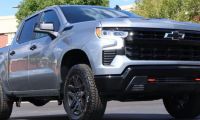
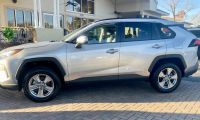
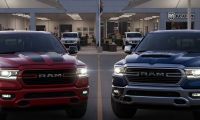
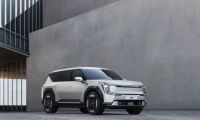
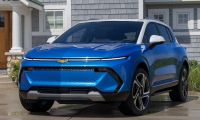
Comments
Excellent technology, might
Permalink
Excellent technology, might be the height of it. But all this seems to be working in a near future. Infact we have to make major changes which will facilitate such technology to work.
Salvage Cars
The car then extrapolates
Permalink
The car then extrapolates whether it is likely to collide with the bike and alert its operator.